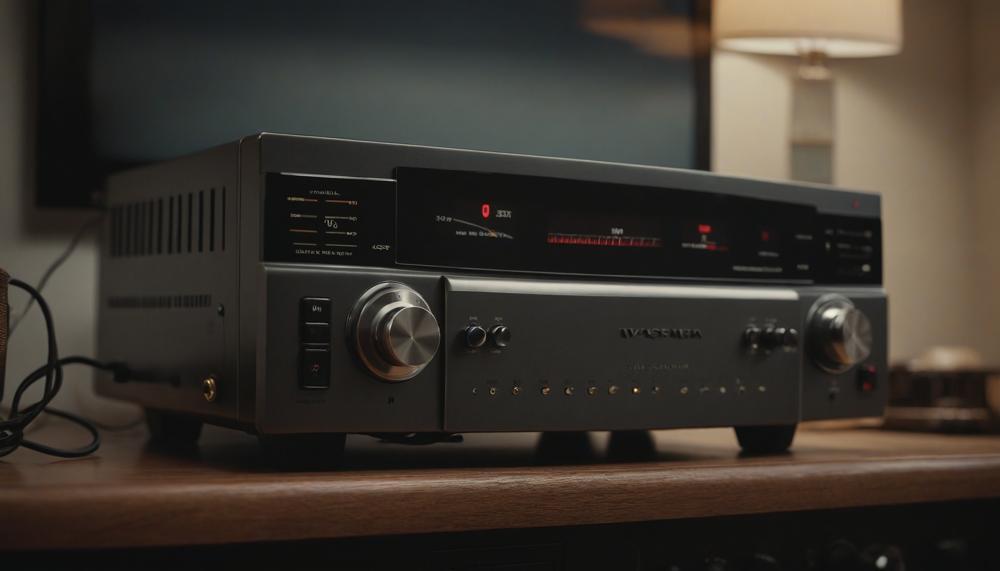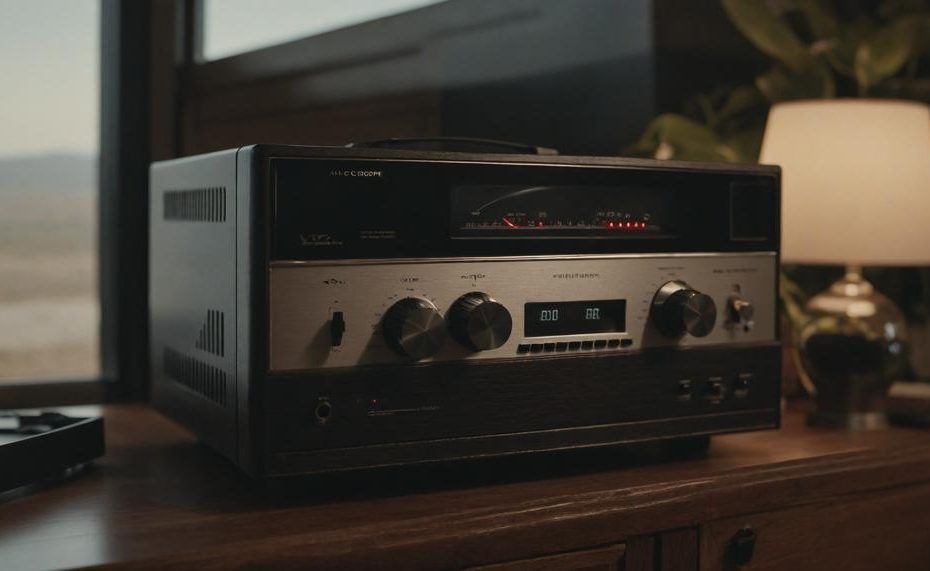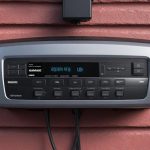Understanding the electrical demands of your RV’s air conditioner is vital for a smooth and enjoyable adventure on the road. So, how many amps does an RV AC use? On average, a 15,000 BTU RV air conditioner requires about 13.04 amps on a standard 115V circuit.
This figure can fluctuate based on the unit’s energy efficiency rating (EER) and the power needed to start the AC, which can be significantly higher than the running wattage.
Key takeaways:
- 15,000 BTU AC Unit: Uses approximately 13.04 amps.
- Start-Up Power: Can be 2-4 times higher than running wattage.
- Wattage Calculation: 1,500 watts for a 15,000 BTU unit under a 10 EER rating, but starting might need up to 3,500 watts.
Grasping these numbers is crucial for RV owners. Properly managing your power usage ensures your generator and electrical system can handle the load, preventing inconvenient power outages and potential damage to your appliances. Whether you’re boondocking in the wild or hooked up at a campsite, knowing the amperage of your AC helps you plan your energy needs effectively. Dive into the specifics with charts and calculators tailored for RV enthusiasts to make sure you’re never left sweltering in the summer heat.
Contents
Electrical Requirements for an RV Air Conditioner
The average power consumption of an RV air conditioner in terms of amps varies based on the unit’s size, typically measured in BTUs (British Thermal Units). Here’s a breakdown of the typical amperage for common RV air conditioner sizes:
| BTU Rating | Running Watts | Running Amps |
| 13,500 BTU | 1,350 W | 11.74 A |
| 15,000 BTU | 1,500 W | 13.04 A |
| 18,000 BTU | 1,800 W | 15.65 A |
Most RV air conditioners are designed to run on a standard 115V circuit. To calculate the amperage, use the formula:
[ \text{Amps} = \frac{\text{Watts}}{\text{Volts}} ]

For example, a 13,500 BTU unit running on 1,350 watts and 115 volts consumes approximately 11.74 amps. Similarly, a 15,000 BTU unit, which requires 1,500 watts, uses around 13.04 amps.
These values represent the running amperage. The starting amperage can be significantly higher, often 2-4 times the running amperage, due to the initial power surge when the compressor starts. Therefore, it’s crucial to consider the starting amperage when planning your power needs for your RV, especially if using a generator.
Amperage Requirements for an RV Air Conditioner
The average amperage requirement for an RV air conditioner typically ranges from 12 to 16 amps, depending on the unit’s BTU rating and efficiency. To determine the specific amperage for your RV air conditioner, you can use the following methods:
- Check the BTU Rating: Identify the BTU (British Thermal Unit) rating of your air conditioner. Common BTU ratings for RV AC units include 13,500 BTU and 15,000 BTU.
- Use the Amperage Formula: For a rough estimate, use the formula:
[ \text{Amps} = \frac{\text{BTUs}}{EER \times \text{Voltage}} ]
Assuming an Energy Efficiency Ratio (EER) of 10 and a standard voltage of 115V:
- For a 13,500 BTU unit:
[ \text{Amps} = \frac{13,500}{10 \times 115} \approx 11.74 ]
- For a 15,000 BTU unit:
[ \text{Amps} = \frac{15,000}{10 \times 115} \approx 13.04 ]
- Use Online Calculators and Charts: Several online resources provide calculators and charts to help determine the exact wattage and amperage for your RV air conditioner based on its BTU rating. Here is an example table that shows common values:
| BTU Rating | Wattage | Amperage |
| 13,500 BTU | 1,350 Watts | 11.74 Amps |
| 15,000 BTU | 1,500 Watts | 13.04 Amps |
| 20,000 BTU | 2,000 Watts | 17.39 Amps |
- Manufacturer Specifications: Always refer to the manufacturer’s specifications for the most accurate information about your air conditioner’s power requirements.
Pushing the Limits – Using a Smaller Amp Circuit
Using a smaller amp circuit for an RV’s air conditioning unit can significantly impact its performance and power usage. Here’s a detailed look at the potential effects:
| Effect | Description | Solution |
| Breaker Tripping | Initial surge causes frequent tripping. | Use soft starters or inverter-chargers. |
| Overheating Risks | Undersized circuits can overheat. | Ensure proper circuit size and use protective devices. |
| Power Overload | Connecting to smaller outlets can overload the circuit. | Use appropriate power supply and monitor usage. |
| Efficiency and Performance | Reduced cooling efficiency and increased power consumption. | Match A/C unit size with available power, use soft start devices. |
| Power Management | Need to prevent simultaneous use of high-power appliances. | Plan and stagger appliance usage. |
Using a Generator for Powering an RV Air Conditioner (or Two?)
To determine the proper generator size and power output needed to run one or two RV air conditioners, follow these steps:
Calculate the Power Requirements:
- Single AC Unit: Typically, a standard RV air conditioner requires about 1,500 to 2,000 watts to start and around 600 to 1,000 watts to run.
- Two AC Units: For two units, double the figures: 3,000 to 4,000 watts for startup and 1,200 to 2,000 watts for running.
Add Other Appliance Loads:
- Calculate the additional wattage required by other appliances you might use simultaneously. Common RV appliances include microwaves (1,000-1,500 watts), refrigerators (600-800 watts), and lights (200-300 watts).
Consider the Surge Capacity:
- Air conditioners draw more power at startup. Ensure your generator can handle the initial surge. For instance, a generator rated at 4,000 watts may suffice for one AC unit, but you might need a 7,000-watt generator for two units.
Factor in Elevation and Temperature:
- Higher elevations and extreme temperatures can reduce generator efficiency. You may need a generator with a higher capacity than calculated to account for these conditions.
Here’s a table to help you determine the right generator size:
| Number of AC Units | Starting Watts | Running Watts |
| 1 | 1,500 – 2,000 | 600 – 1,000 |
| 2 | 3,000 – 4,000 | 1,200 – 2,000 |
Example Calculation for Two AC Units:
- AC Units: 4,000 watts (starting) + 2,000 watts (running)
- Microwave: 1,500 watts
- Refrigerator: 800 watts
- Total Running Watts: 2,000 (AC) + 1,500 + 800 = 4,300 watts
- Total Starting Watts: 4,000 (AC) + 1,500 + 800 = 6,300 watts
Based on the above calculation, a generator with at least a 6,300-watt capacity is recommended for running two AC units along with other appliances.
Adding a 2nd Air Conditioner to a 30 Amp RV?
To safely add a second air conditioner to a 30 amp RV, it is recommended to use a 20-amp circuit for the additional unit. This ensures that the electrical load is distributed appropriately, reducing the risk of tripping breakers or causing damage to the RV’s electrical system.
Adding a second air conditioner to a 30 amp RV involves careful consideration of your overall electrical load. Each air conditioner typically requires around 15-20 amps to operate.
Given that a 30 amp RV can handle a total load of 30 amps, running two air conditioners simultaneously on the same circuit could exceed this limit. Therefore, installing a separate 20-amp circuit for the second air conditioner is a prudent solution.
| Component | Recommended Amperage | Notes |
| Primary Air Conditioner | 15-20 amps | Typically handled by the existing 30-amp circuit |
| Second Air Conditioner | 20 amps | Requires a separate 20-amp circuit for safe operation |
| Other Appliances | 10-15 amps | Ensure not to exceed the total 30 amps available |
Related Posts
Yes, there are several other factors besides the size of the RV and air conditioning unit that can affect the number of amps used.
- Energy Efficiency: More efficient AC units consume fewer amps. Look for units with higher SEER (Seasonal Energy Efficiency Ratio) ratings.
- Ambient Temperature: Hotter outside temperatures increase the AC’s workload, leading to higher amp usage.
- Insulation Quality: Poor insulation in the RV will cause the AC to work harder to maintain the desired temperature, consuming more power.
- Usage Patterns: Frequent cycling on and off can draw more power compared to continuous running.
- Electrical Appliances in Use: Other devices and appliances running simultaneously can increase overall amp usage.
- Voltage Levels: Lower voltage levels can cause higher amp draw to compensate for the reduced efficiency.
- Maintenance and Cleanliness: A well-maintained unit with clean filters and coils runs more efficiently and uses fewer amps.
- Ductwork and Airflow: Efficient airflow through clean, well-designed ductwork reduces the load on the AC unit.
Conclusion
Understanding the amperage requirements of your RV’s air conditioner is essential for ensuring a hassle-free experience on the road. Typically, a 15,000 BTU unit requires about 13.04 amps on a 115V circuit.
However, this figure can fluctuate based on the unit’s efficiency and the significant power surge needed during startup, often 2-4 times the running wattage.
For instance, while a 15,000 BTU unit uses 1,500 watts during operation, it may need up to 3,500 watts initially. Proper power management is crucial to avoid overloading your generator or tripping circuit breakers, especially during those peak summer months.
To provide a clearer picture, here’s a quick rundown of common RV AC sizes and their average amperage:
- 13,500 BTU: 11.74 amps
- 15,000 BTU: 13.04 amps
- 18,000 BTU: 15.65 amps
Accurate knowledge of your AC’s power demands ensures your electrical system can handle the load, preventing power outages and appliance damage. Whether connected to a campsite power supply or running on a generator, understanding these requirements helps you effectively plan your energy usage and stay cool no matter where your travels take you.





